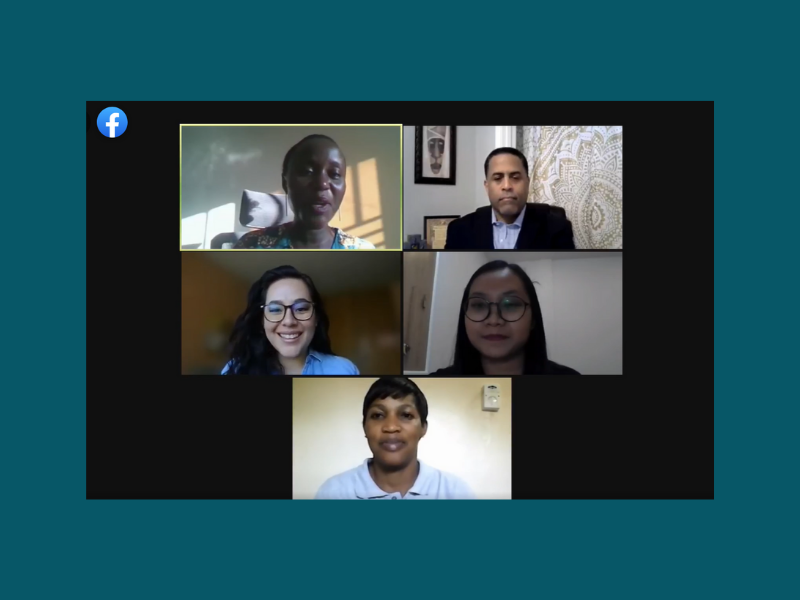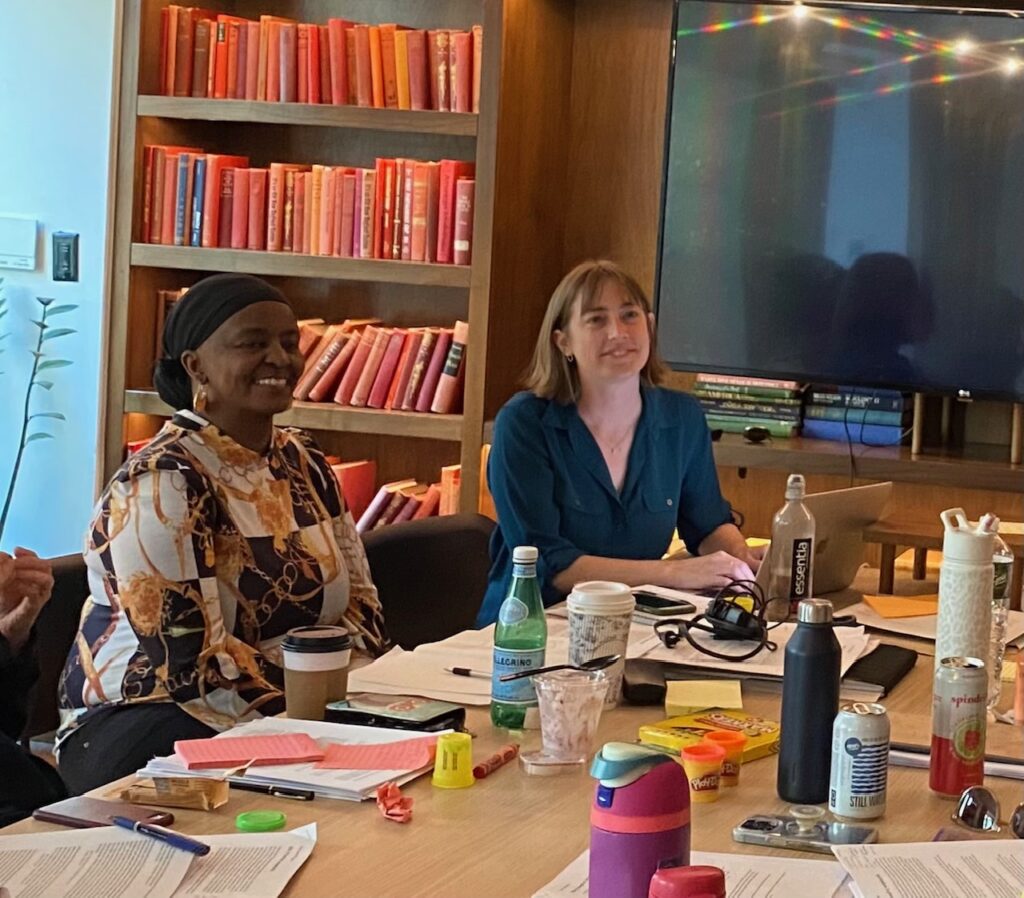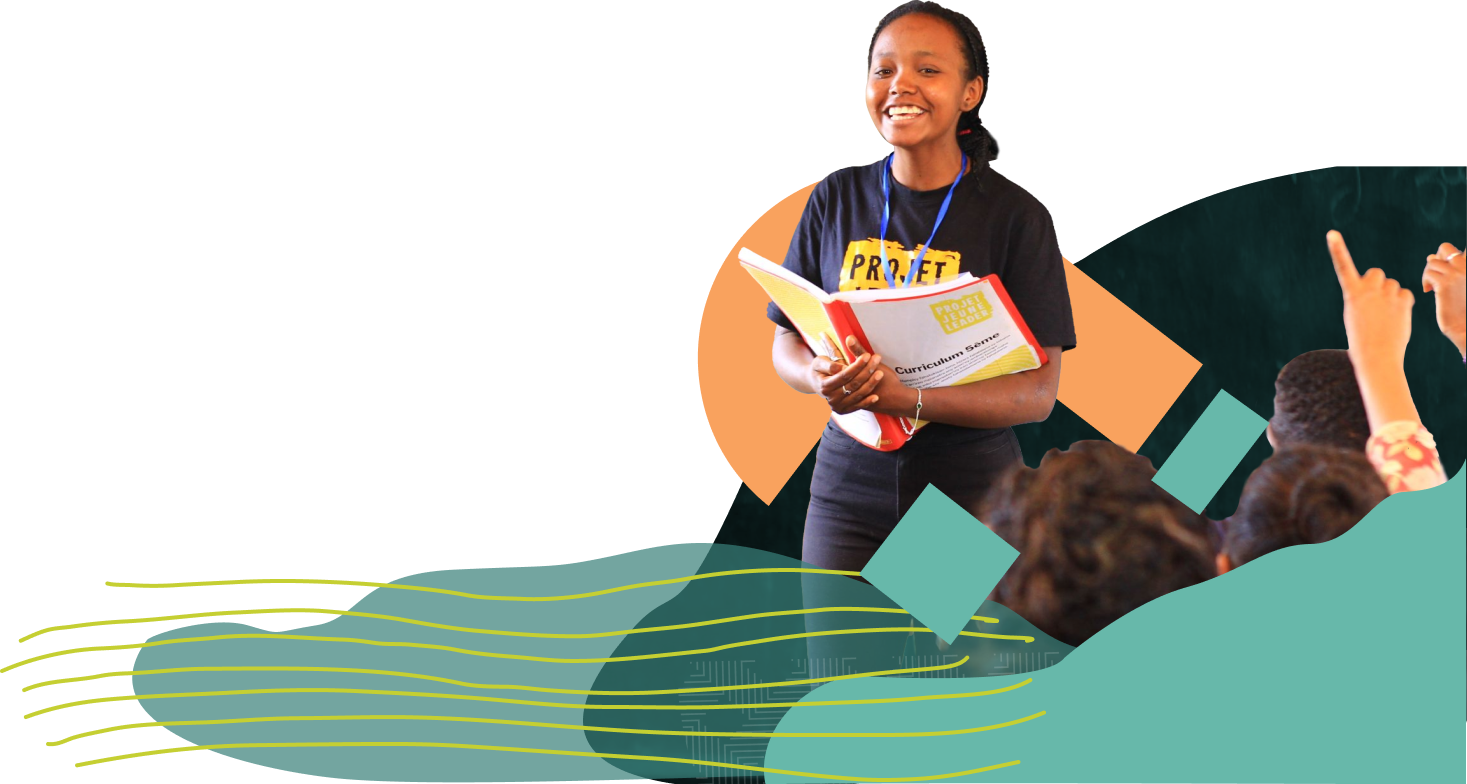Saluting the Brave Human Rights Defenders Who Stand with Women and Girls
Let us take time this Human Rights Day to celebrate the strength, solidarity, and fearlessness of human rights defenders worldwide.
At WomenStrong International, we’ve witnessed this courage up close, as 16 WomenStrong Learning Lab partners came together virtually, from across the globe, to devise and implement a set of collective actions as part of UN Women’s “16 Days of Activism against Gender-based Violence” campaign.
This annual event, now in its 30th year, began on November 25 and culminates today, on Human Rights Day. Each year since 1991, “16 Days” campaigns have mobilized activists and allies from all over the world who believe in women’s and girls’ full humanity and their right to live free of violence.
WomenStrong partners – dynamic local women-led organizations from across the globe — have been coming together virtually for weeks, to share their thoughts and strategies about how most effectively to engage men and boys in putting a hard stop to violence against women and girls.
They developed individual social media campaigns, tailored to their local audiences; a terrific collective tip sheet of best practices, published in three languages, and entitled, “Safer Communities for All: Guiding Transformative Male Engagement;” and they planned and led a rich and informative Facebook Live session featuring WomenStrong partners in Cambodia, Uganda, Mali, Peru, and the US. These five vibrant leaders talked through their approaches to enabling the men and boys in their communities to feel empowered in their own lives and empathic to the needs and dreams of local women and girls.

Over the many hours and weeks spent together online, brainstorming, designing, fine-tuning, and carrying out their “16 Days” campaign, there were striking similarities among the many wise observations about what works to stop violence, and about some of the challenges encountered in implementing what works: boys and men, for instance, who feel unseen, marginalized, and disrespected, who are struggling with their own sense of place, legitimacy, and belonging, are less able to see themselves as their sisters’ (or partners’ or daughters’) keepers and less likely to stand up for women’s rights.
Despite having been raised in strikingly different traditions, our partners all agreed on the importance of engaging influential male community members and elders, such as local teachers and clergy. Male leaders of WomenStrong partner organizations in Bamako and Atlanta were in uncanny alignment about how best to enlist religious leaders, whether they be imams in southern Mali or Black pastors in the American south.
Another robust exchange took place among our partners around how to pitch their final appeal to join the campaign. Should they ask their audiences to “be the odd man out” and bear witness to egregious abuses of women’s rights? Or should they enjoin them to “join the movement,” as though a broad, powerful community already exists that one would surely want to be part of, or fear missing out by not doing so?

When one partner operating within a repressive national context questioned whether in fact a “movement” actually exists, another partner, also no stranger to state repression, responded that, after all, WE were “the movement” — all these feminist activists, coming together in our own communities and around the world and inviting others to join them. At this perilous moment, with the world awash in increasing authoritarianism, violent ethnic cleansing, and flailing democracies, to see these bold women’s rights leaders from Cambodia to Malawi to Mexico to Michigan be so closely aligned, so eager to collaborate, and so supportive of each others’ ideas could not be more heartening. Like the growing global #MeToo movement and the glimmers of accountability we’ve seen so far in companies and the courts, this remarkable global collaboration serves as evidence that “the movement” – our movement – not only exists but thrives.




